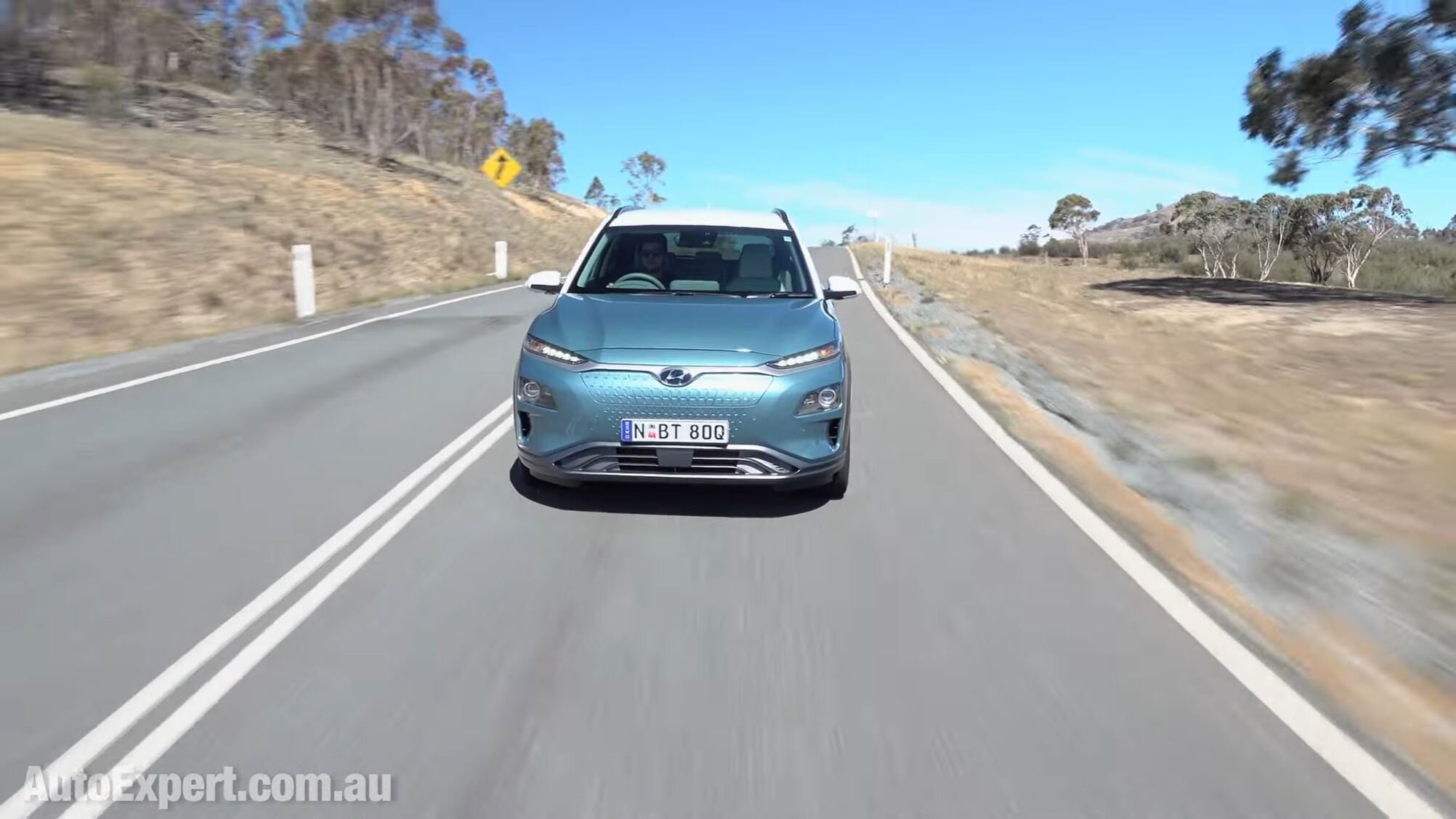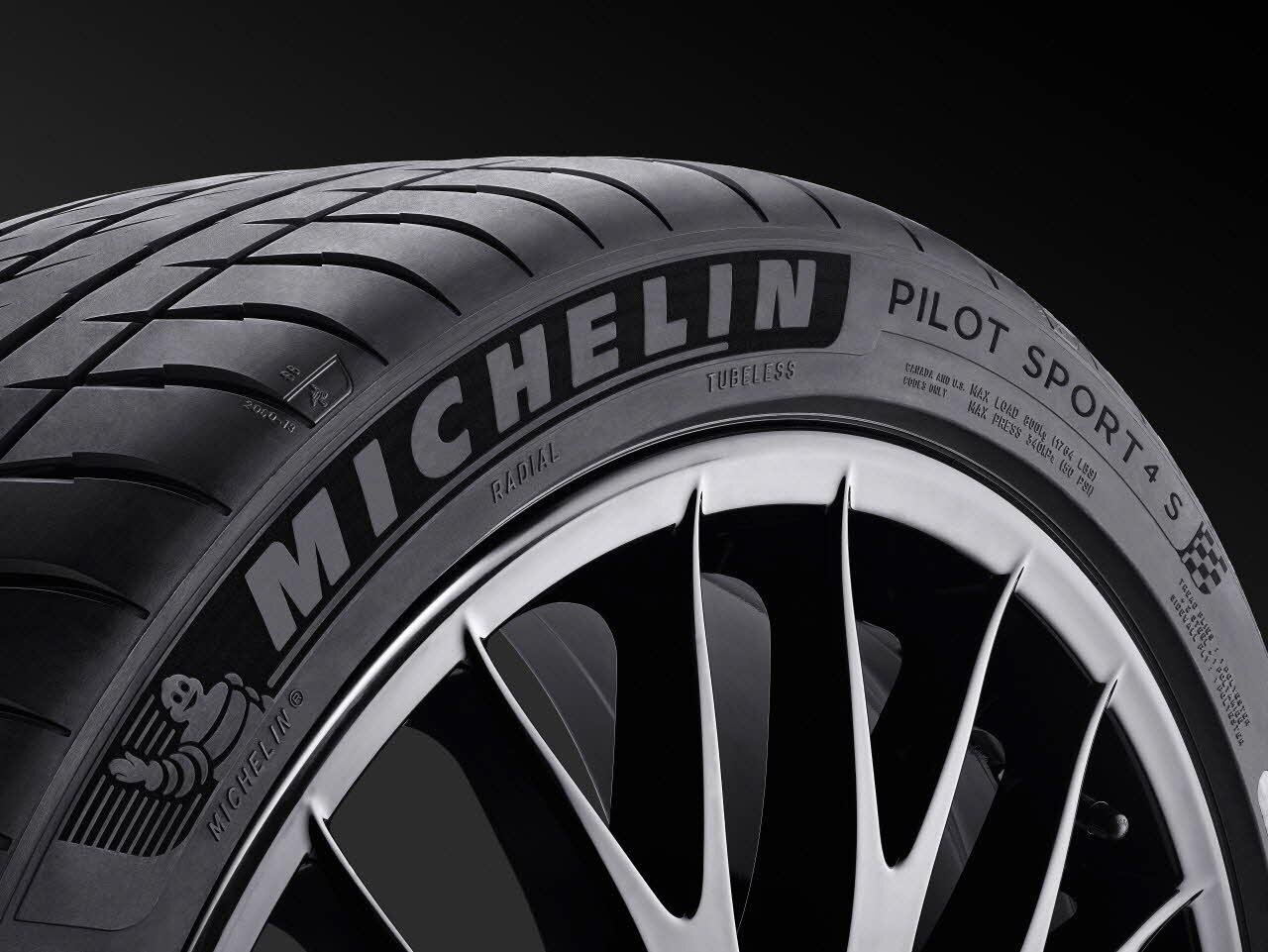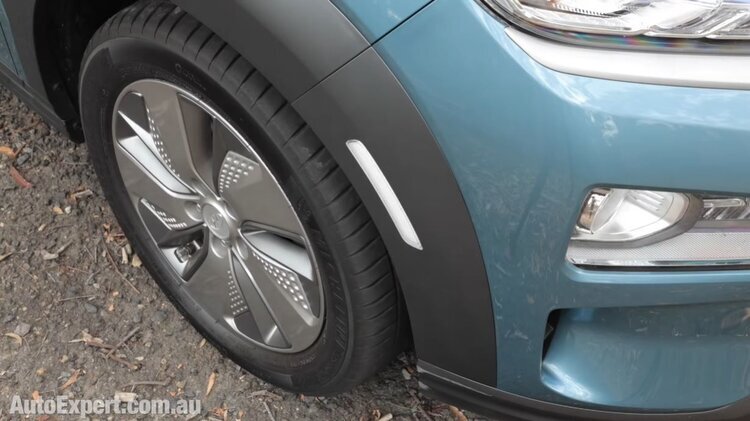Do electric cars lose range with performance tyres?
QUESTION
Hi John,
I swapped the original tyres on our Kona for the Michelins you recommended and am very happy with the handling improvement.
However, I notice that on a 90% charge the Kona is now estimating a range of 380km Vs the 440km estimated range prior to the tyre swap.
The range reduction seems bigger than I anticipated.
Did you get a similar reduction in range when you swapped yours?
Also, does the Kona use a set formula for calculating anticipated range, or does it make allowance for recent driving history? So if I spend all week on winding mountain roads chewing through power, will it report a shorter anticipated range based on that driving?
Incidentally, we only ever charge to 90% because we live on a mountain, and so every journey starts with a long descent - if we charge to 100% the regenerative braking cuts out part way down.
On that subject, I notice that when you increase the regenerative braking setting, there is a slight slowing force on the vehicle (without making any change on the accelerator pedal). Does that mean that driving with a higher regen setting than what might be needed will result in a shorter range?
Thanks,
Laurence
My AutoExpert AFFORDABLE ROADSIDE ASSISTANCE PACKAGE
If you’re sick of paying through the neck for roadside assistance I’ve teamed up with 24/7 to offer AutoExpert readers nationwide roadside assistance from just $69 annually, plus there’s NO JOINING FEE
Full details here >>
ANSWER
Laurie,
I’m an engineer, meaning I’ve run a lot of experiments and worked in several applied physics-type labs. When I tested Kona EV with performance tyres, I could not determine any range reduction with the Michelins. (I estimate the accuracy tolerance of my observations (error bandwidth) t about 10 per cent. That is plus or minus five per cent.
If I was getting 400 before any number from 380 to 420 would to me seem like exactly the same result - because of the influence of uncontrollable factors - different routes, surfaces, headwind/tailwind, driving style and temperatures, etc.
If I had to guess, I’d say five per cent reduction, which is in line with the energy saving potential stated by the manufacturers of low roiling resistance tyres.
Kona uses an algorithm based on recent driving history to predict the future.
Regenerative braking does not operate when the motor is powering the vehicle, to my knowledge. That would be a serious design flaw, unless there’s something completely blind-siding me here.
Regenerative braking boosts range. It would not be incorporated into a vehicle which is range-obsessed in R&D if it reduced range. It doesn’t boost range by as much as people might think, however, because of the second law of thermodynamics (which says: every time you do a process, available energy is lost - note that this is the ‘ghetto’ explanation, not the PhD in physics explanation. Some simplifications are inherent in the ghetto version.)
Hope this helps mate.
JC
MORE ON TYRES & ELECTRIC VEHICLES
The complete guide to owning tyres >>
What are the correct tyre specifications for my luxury SUV? >>
The Great EV Rip-Off: Australia confirmed as world's worst environmental joke >>
Why Victoria's EV subsidies are such an insult >>
The truth about EVs, long-distance driving & regional recharging >>
LIVESTREAMS
Don't forget to join me for my 'Ask Me Anything' Q&A livestreams on YouTube (Sydney time).
Subscribe to my YouTube channel and hit the bell icon to get an alert you every time I go live.







